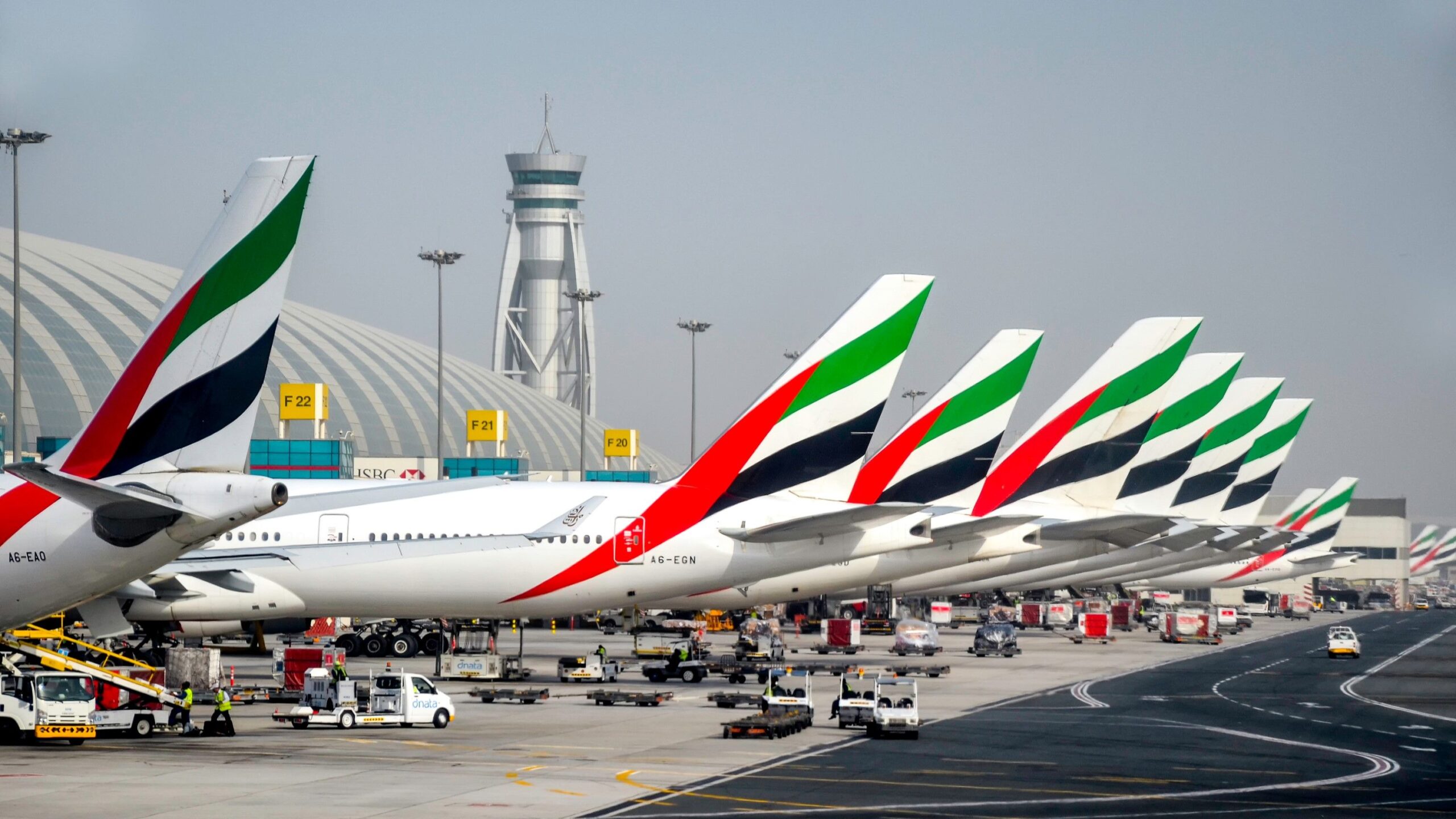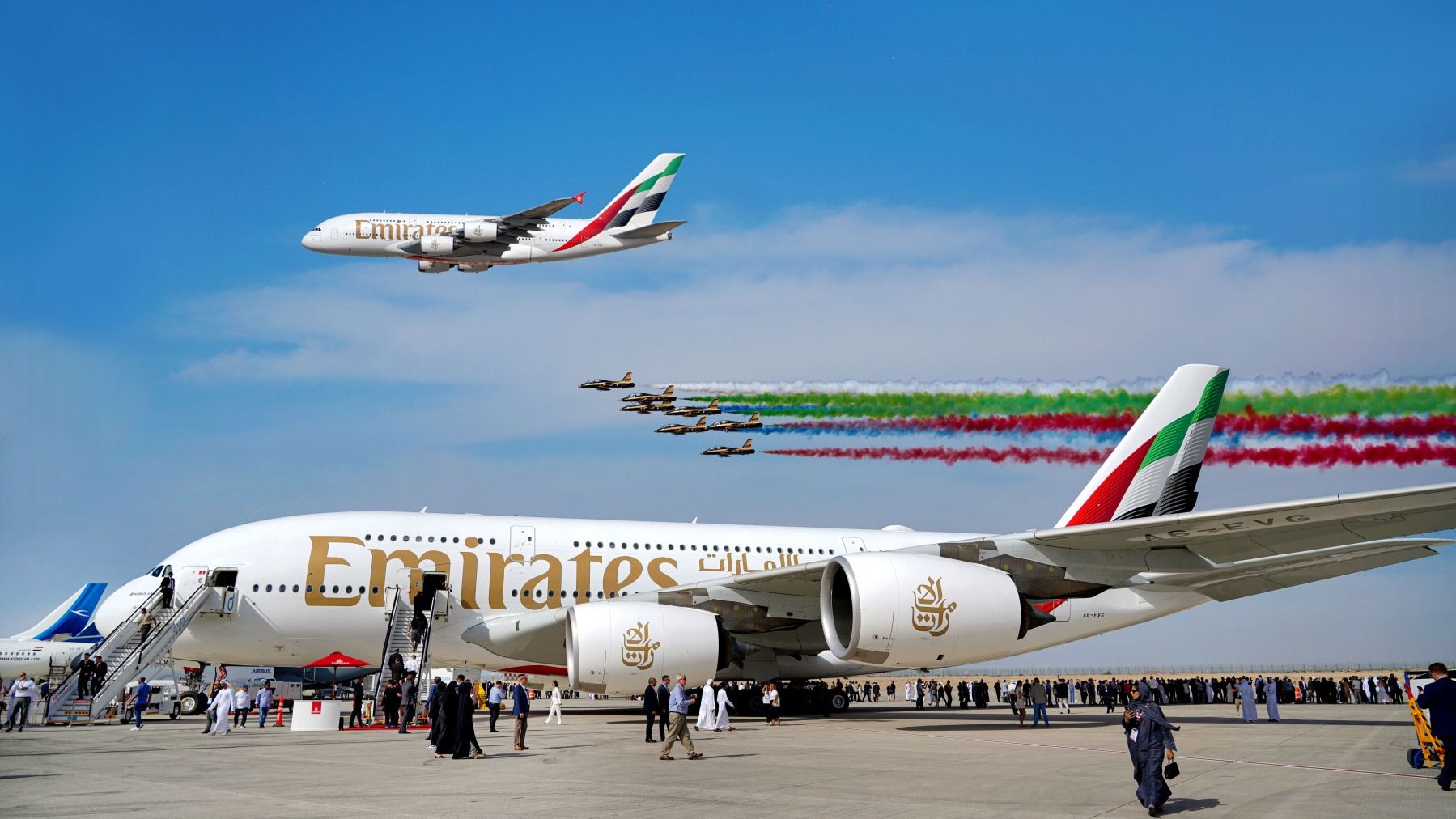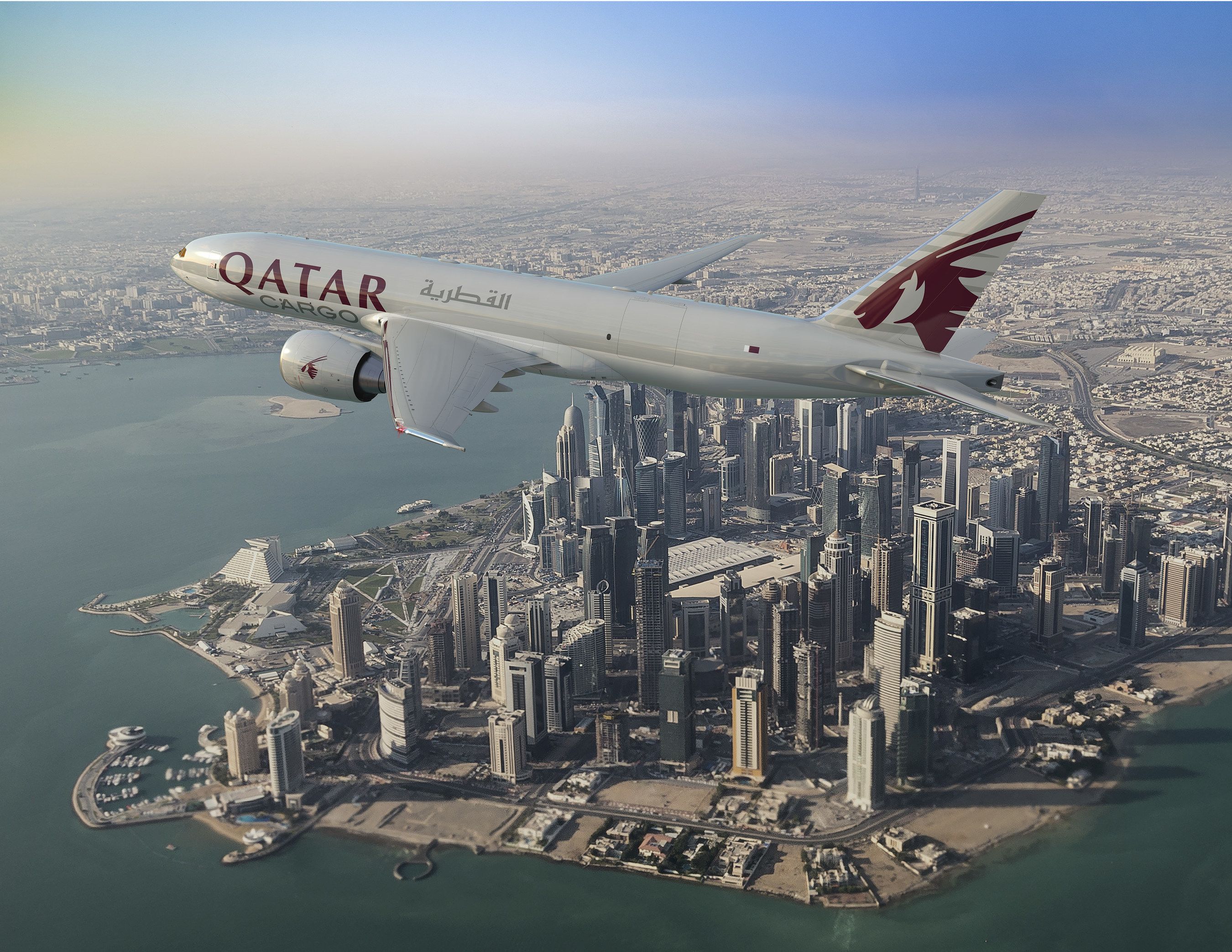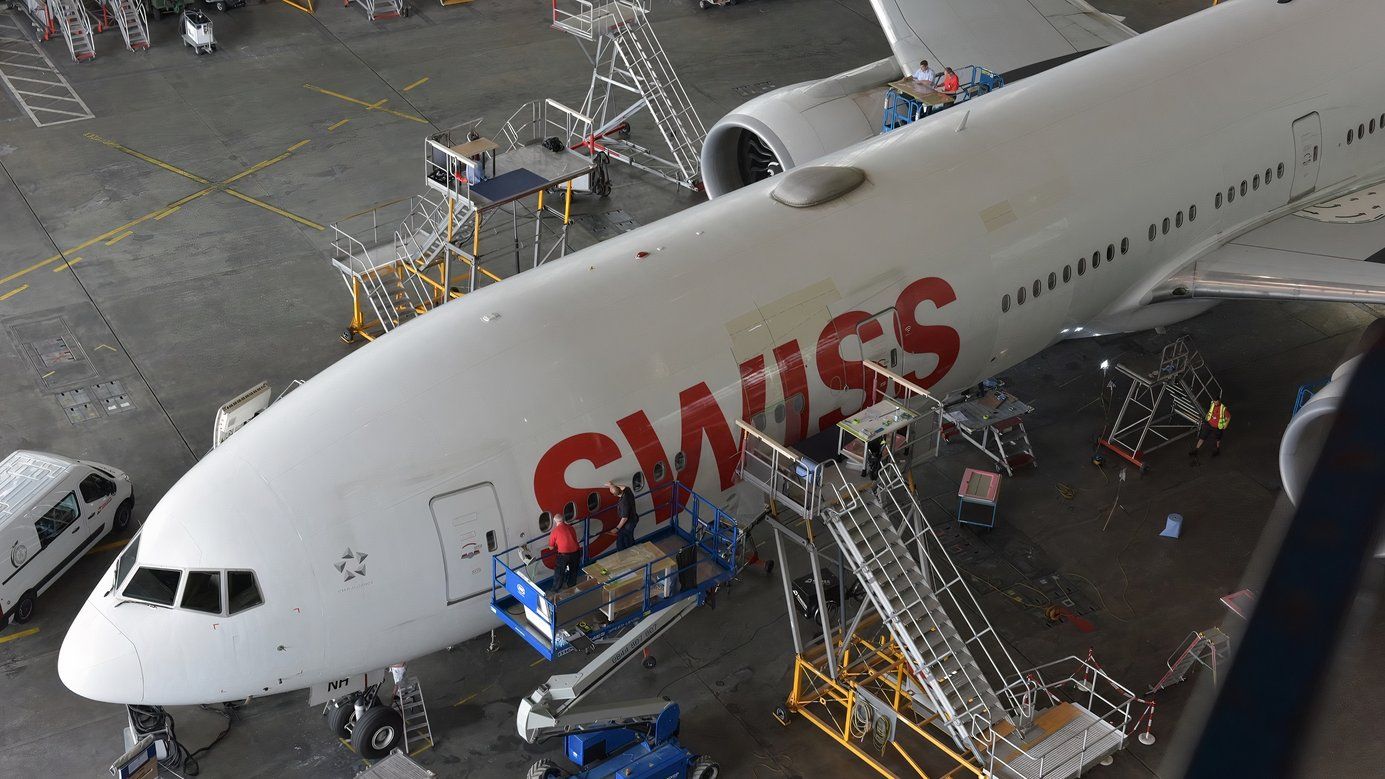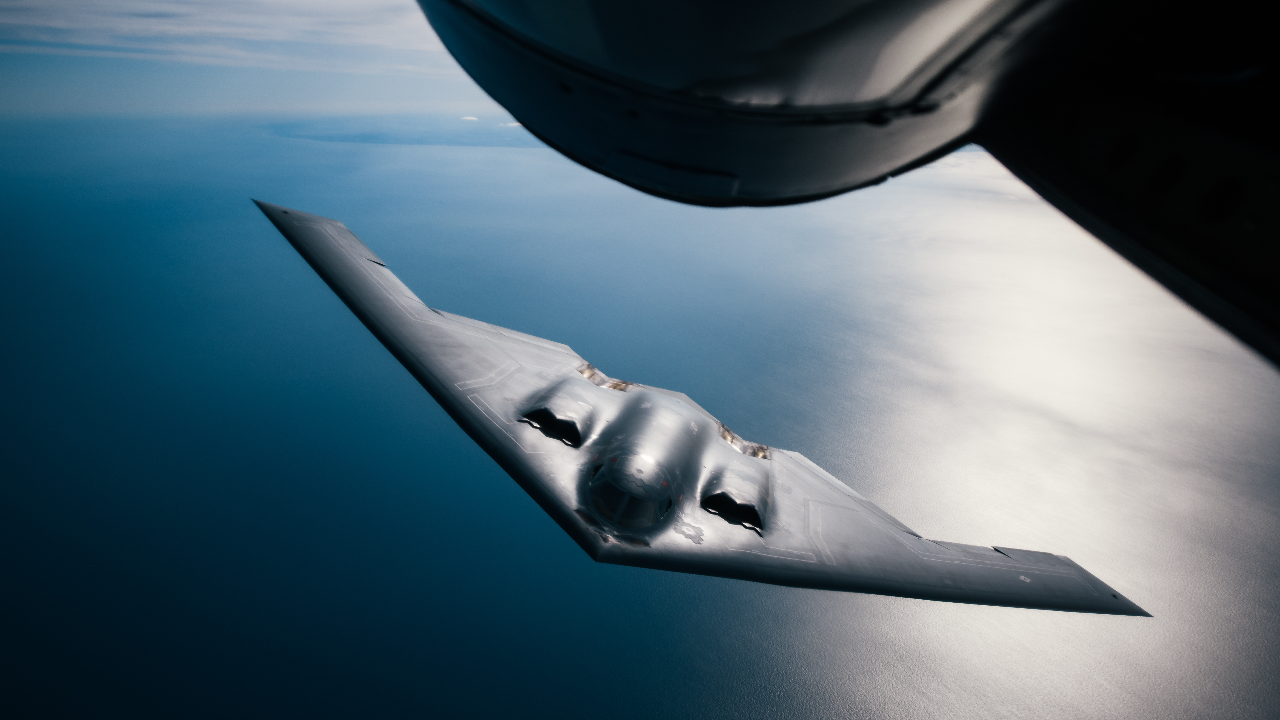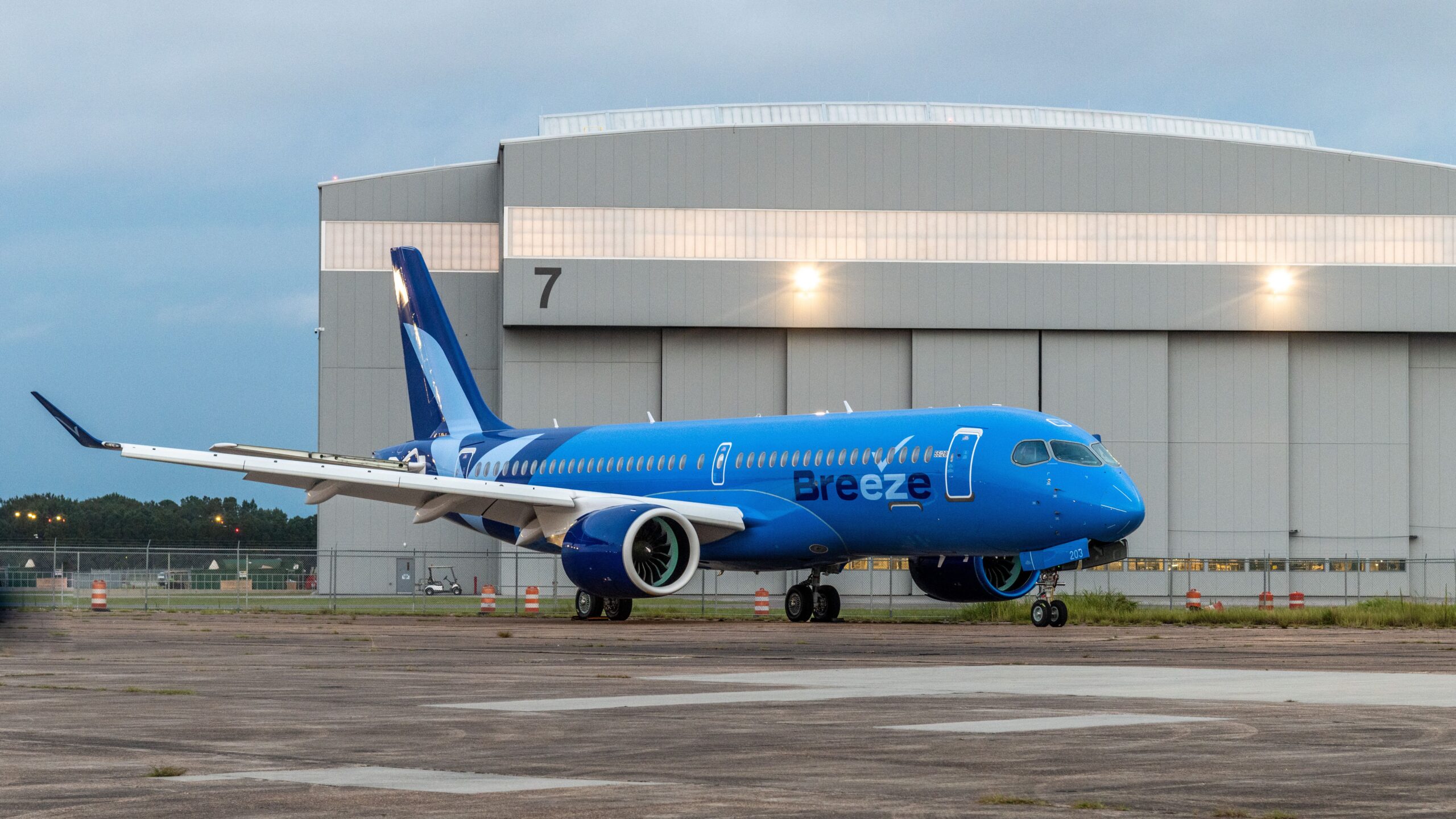Summary
- The Middle Eastern region has significant potential for decarbonization, with opportunities for power-to-liquids and alternative fuels to reduce carbon emissions in the aviation industry.
- Lower Carbon Aviation Fuels (LCAF) offer major advantages and can be produced using existing fuel refinery infrastructure in the region, creating a middle step towards the adoption of Sustainable Aviation Fuel (SAF).
- Policy support is crucial for the development and use of sustainable fuels in the Middle East, with a strong potential for the region to emerge as a market leader in sustainable aviation practices and fuel production. Financial institutions have a key role to play in supporting decarbonization efforts.
The Middle Eastern region is set to see tremendous growth in passenger demand, aviation-related economic solutions, and GDP reliance in the coming decades. The region is home to some of the largest and most luxurious airlines in the world, including Emirates, Etihad, and Qatar Airways. With a solid fuel refinery and supply chain infrastructure, the region has a unique opportunity to develop sustainable aviation fuel technologies to fulfill the region’s demand and export to other parts of the world.
But decarbonization is high on the priorities of the airlines and airports that operate in and around the Middle East. Ahead of the forthcoming Sustainable Aviation Futures MENA Congress, taking place in Dubai next February, organizers SAF Congress released a report outlining some of the key opportunities for decarbonization in the region; here’s what they identified:
1 Huge prospects for power-to-liquids and efuels
Alternative fuels are essential for decarbonization activities in the region
| United Arab Emirates | 2023 | 2050 |
| Conventional Fuel Consumption | >99% | 27% |
| Power-to-Liquid | <1% | 73% |
The UAE aims to transform the way people in the region consume conventional fuel in the next two decades by increasing the use of Power-to-Liquid (PtL). PtL is a type of Sustainable Aviation Fuel (SAF) produced through renewable materials rather than waste materials and plants.
Photo: Dubai Wold Central (DWC)
It is produced through a complex process of obtaining hydrogen from water, carbon dioxide from the atmosphere, and electricity from renewable energy sources to create a synthetic gas for consumption. It significantly reduces greenhouse gas emissions and results in a clean combustion process. As one of the most promising alternatives to kerosine-based fossil fuels, Middle Eastern airlines are keen to increase the use of PtL in the coming decades.
The region aims to capitalize on the commercial opportunity by not only increasing its use in the region but also creating an export demand for what is considered a scarce production and supply for the aviation industry.
2 Lower Carbon Aviation Fuels (LCAF) have potential
LCAF has major advantages
The International Civil Aviation Organization (ICAO) defines Low Carbon Emission Fuels (LCAF) as “a fossil-based aviation fuel that meets the CORSIA Sustainability Criteria under this Volume.” In other words, LCAF can be used alongside SAF in an effort to reduce carbon emissions in the atmosphere. Technologies that can lead to the production of LCAF are:
- Energy efficient infrastructure that supports production and monitoring of LCAF
- Process gas management, including emissions detection and venting
- Increased use of renewable energy sources
- Environmental carbon capturing and storage
The Middle Eastern region is suited to use the existing fuel refinery infrastructure to introduce LCAF production and scale it to meet the growing needs of the region. The existing fuel production infrastructure can be tweaked to support LCAF, adapting newer technologies that slowly transition from conventional fuels to LCAF. The increased use of LCAF can serve as a middle step before the complete adoption of SAF.
The region’s expertise in the oil and gas sector, combined with the growing aviation demand, provides a great opportunity for the region to emerge as a leader in sustainable aviation development and practices.
3 Policy support is crucial
Policymakers must act quickly to capitalize on the demand
| The Middle Eastern Region | |
| Economic contribution | $47.4 billion |
| GDP contribution | 13% |
| Jobs created and fulfilled | 3.4 million |
The air transport infrastructure and tourism are major contributors to the region’s economy and GDP. More than 3.4 million aviation and travel-related jobs were created and fulfilled in the region. While government policies support air transport, there is a strong potential for policies that expedite the production and use of sustainable fuels in the region.
Photo: Boeing
Middle Eastern airlines must rely on a robust policy framework that directs alternative carbon-free fuels’ manufacturing, use, and export (when scaled). The global demand for these fuels has created an opportunity for the region to become a market leader in the production and supply of sustainable fuels.
4 Embracing alternative decarbonization pathways
Non-CO2 processes are also vital for decarbonization
- Importance of non-CO2 contributions
- Implementation and management of carbon-free facilities
- Optimization of airline operations
- Acquiring newer, more efficient aerospace technologies
- Minimizing carbon emissions in existing processes and operations
The decarbonization pathway is indeed complex and full of uncertainties. With the growing demand for aviation and the subsequent need for carbon-free technologies, manufacturers and airlines are under extreme pressure to deliver and adapt to cleaner and greener methods. However, there are other processes (outside the use of alternative aviation fuels) to optimize processes and operations to enhance sustainability.
From manufacturing and supply chain to testing and operations, existing facilities and processes can be optimized to increase sustainability and minimize the carbon footprint. Global airlines, including the ones in the Middle East, are exploring new ways to green their operations and contribute towards the combined aviation industry’s goal of net-zero carbon emissions by 2050.
5 Banks have an important role to play
Loans and guarantees are key to decarbonization activities
| United Arab Emirates | By 2030 |
| Total Capital Expenditure (CAPEX) | $5 – $10 billion |
| National GDP reliance on aviation | 13% – 17% |
Financial institutions in the region must play a crucial role in initiating aviation decarbonization activities. In order to establish PtL in the region, the projected total expenditure is up to $10 billion by the end of this decade. With the GDP reliance already appraising 15%, decarbonization efforts are pivotal in the growth and sustainability of aviation in the region.
Photo: Vincenzo Pace I Simple Flying
Financial institutions must put the cost of repurposing existing fuel infrastructure to adopt newer LCAF technologies for production and supply chain. Offering loans, guarantees, and subsidies towards net-zero carbon activities will be beneficial in the long run. Capital construction and investment markets in the region also play a vital role in aviation decarbonization efforts in the region.
What are your thoughts on the decarbonization opportunities available in the Middle Eastern region and how local airlines and aviation groups can benefit in the long run? Share your opinion in the comments section.
Source: Sustainable Aviation Futures
